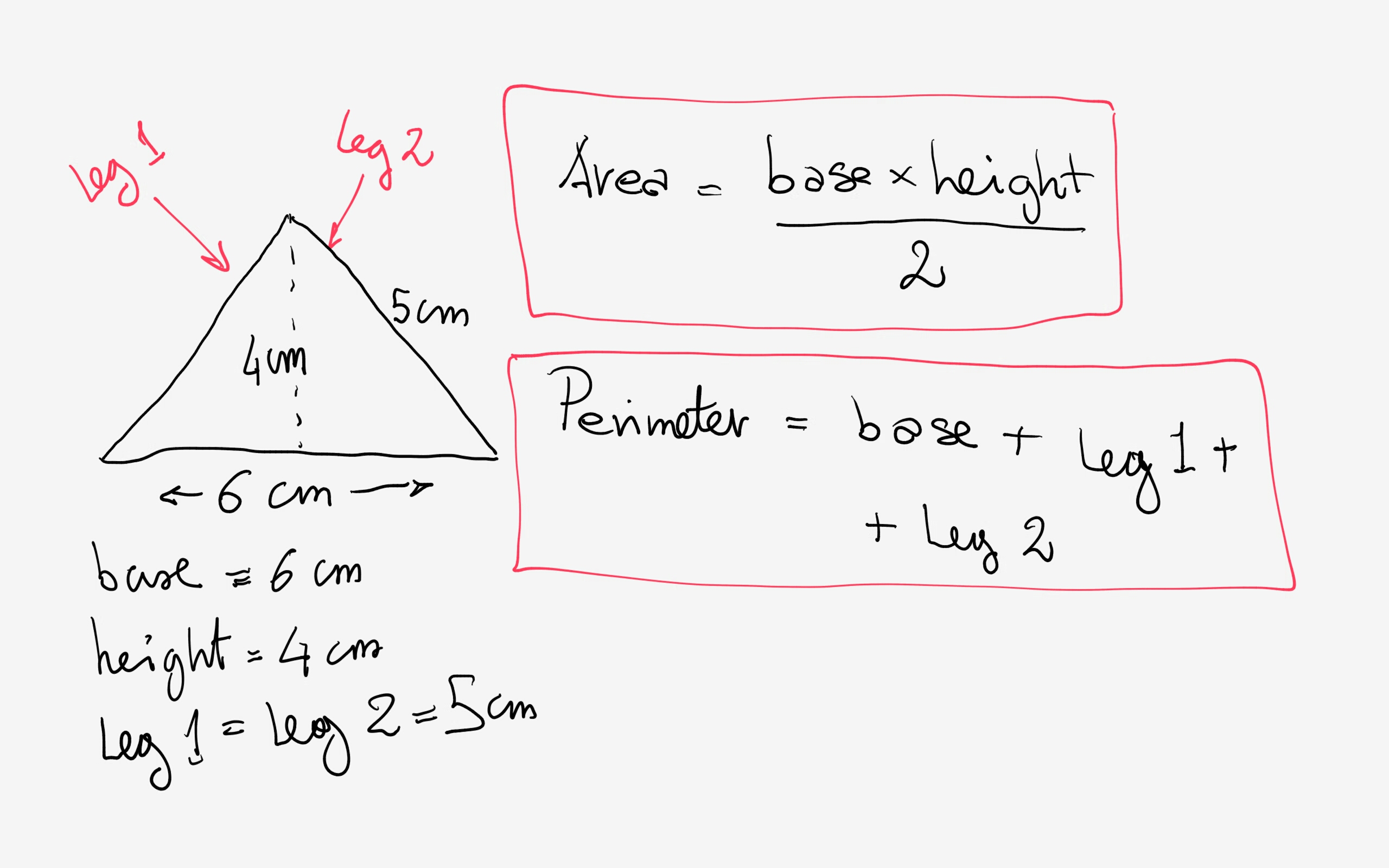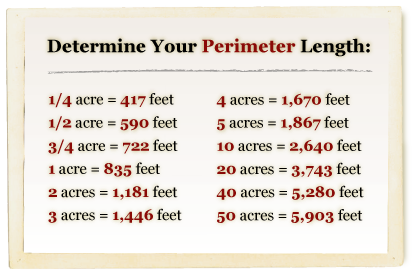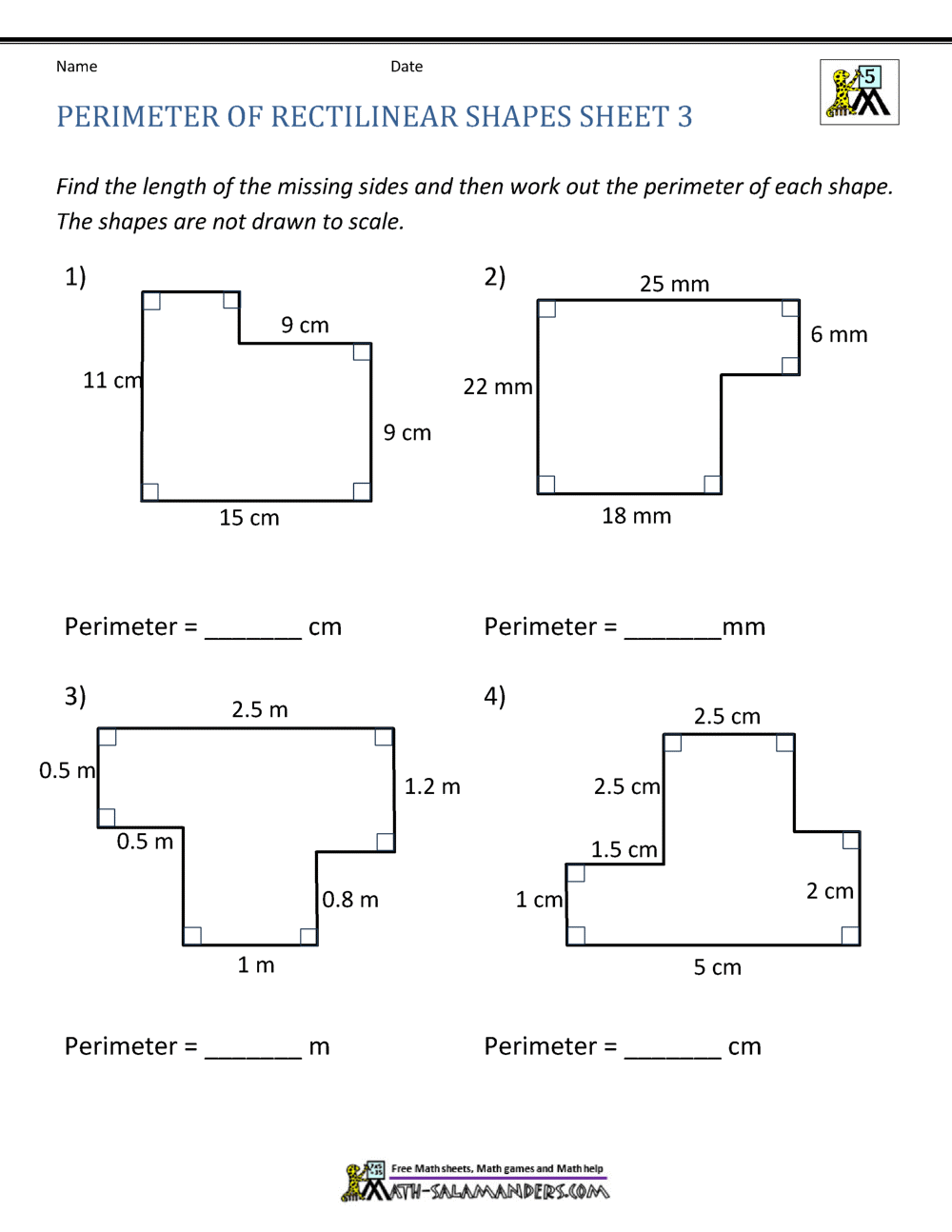Topic how to find perimeter of isosceles triangle: Learn how to efficiently calculate the perimeter of an isosceles triangle with our comprehensive guide. Whether you're a student tackling geometry problems or simply curious about geometric principles, this article will provide step-by-step instructions, formulas, examples, and useful tips to master isosceles triangle perimeter calculation.
Table of Content
- How to Find the Perimeter of an Isosceles Triangle
- Understanding Isosceles Triangle Perimeter Calculation
- 1. Definition of Isosceles Triangle
- 2. Properties of Isosceles Triangle
- 3. Formula for Perimeter Calculation
- 4. Step-by-Step Guide to Finding Perimeter
- 5. Examples and Practice Problems
- 6. Tips and Tricks for Isosceles Triangle Perimeter Calculation
- YOUTUBE: Hướng dẫn cách tìm diện tích và chu vi của tam giác cân một cách chi tiết và dễ hiểu.
How to Find the Perimeter of an Isosceles Triangle
An isosceles triangle is a triangle with two sides of equal length. To find the perimeter of an isosceles triangle, you need to know the lengths of the sides.
Formula
The formula for the perimeter of an isosceles triangle is:
Perimeter \( P = 2a + b \)
where \( a \) is the length of the two equal sides and \( b \) is the base of the triangle.
Steps to Calculate the Perimeter
- Identify the lengths of the two equal sides (\( a \)) and the base (\( b \)).
- Substitute these values into the formula \( P = 2a + b \).
- Simplify the expression to find the perimeter.
Example Calculation
Consider an isosceles triangle with equal sides of length 5 cm and a base of 8 cm:
Using the formula:
\[
P = 2a + b
\]
Substitute \( a = 5 \) cm and \( b = 8 \) cm:
\[
P = 2(5) + 8 = 10 + 8 = 18 \, \text{cm}
\]
So, the perimeter of the triangle is 18 cm.
Table of Formulas and Examples
| Parameter | Formula | Example |
|---|---|---|
| Perimeter | \( P = 2a + b \) | For \( a = 6 \) cm and \( b = 4 \) cm, \( P = 2(6) + 4 = 16 \) cm |
| Area | \( A = \frac{1}{2} \times b \times h \) | For \( b = 8 \) cm and height \( h = 6 \) cm, \( A = \frac{1}{2} \times 8 \times 6 = 24 \) cm² |
Additional Considerations
- If the height of the triangle is known, you can use it to find the length of the equal sides using the Pythagorean theorem.
- In a right isosceles triangle, the equal sides form the legs of the right angle.
Interactive Elements
You can use online calculators or geometry software to dynamically calculate the perimeter by inputting the side lengths.

READ MORE:
Understanding Isosceles Triangle Perimeter Calculation
An isosceles triangle has two sides of equal length, which makes calculating its perimeter straightforward. To find the perimeter, you simply add the lengths of all three sides together. If the lengths of the equal sides are represented by \( a \) and the length of the base by \( b \), then the perimeter \( P \) can be calculated using the formula:
\( P = 2a + b \)
Let's break down the process:
- Identify the lengths of the equal sides \( a \) and the length of the base \( b \).
- Add the lengths of the equal sides together: \( 2a \).
- Add the length of the base: \( b \).
- Sum up the values to find the perimeter \( P \).
By following these steps, you can accurately calculate the perimeter of any isosceles triangle.
1. Definition of Isosceles Triangle
An isosceles triangle is a type of triangle that has two sides of equal length. These two sides are known as the 'legs' of the triangle, while the third side is referred to as the 'base'. The properties of isosceles triangles make them unique and distinguishable from other types of triangles. In addition to having two equal sides, isosceles triangles also have the following characteristics:
- Equal Angles: The angles opposite the equal sides are also equal. These angles are called the base angles.
- Symmetry: Isosceles triangles have an axis of symmetry along the perpendicular bisector of the base, dividing the triangle into two congruent right triangles.
In summary, an isosceles triangle is defined by the following features:
- Two sides of equal length
- Two equal base angles
- An axis of symmetry
The simplest way to identify an isosceles triangle is to look for two sides that are the same length. Once identified, you can use the properties of isosceles triangles to find other measurements and solve related problems.
2. Properties of Isosceles Triangle
An isosceles triangle is a polygon with three sides, two of which are equal in length. Understanding its properties is crucial for accurately calculating its perimeter. Here are the key properties:
- Two sides are congruent: In an isosceles triangle, two sides have the same length, which is not the case for a scalene triangle where all sides have different lengths.
- Base angles are congruent: The angles opposite the congruent sides are also congruent. These are known as the base angles of the triangle.
- Sum of interior angles: Like any other triangle, the sum of the interior angles of an isosceles triangle is always 180 degrees.
- Height and altitude: The height or altitude of an isosceles triangle can be drawn from the vertex opposite the base to the midpoint of the base. It forms two congruent right triangles.
- Median: The median of an isosceles triangle is a line segment from a vertex to the midpoint of the opposite side. In an isosceles triangle, the median from the vertex angle is also the altitude, bisector, and perpendicular bisector.
3. Formula for Perimeter Calculation
To find the perimeter of an isosceles triangle, you need to consider the lengths of its sides. The formula for calculating the perimeter (P) of an isosceles triangle is:
P = 2s + b
Where:
- s is the length of one of the congruent sides.
- b is the length of the base.
To calculate the perimeter, simply double the length of one of the congruent sides and add the length of the base.

4. Step-by-Step Guide to Finding Perimeter
Calculating the perimeter of an isosceles triangle involves a few simple steps. Follow this guide:
- Identify the length of the congruent sides: Measure or determine the length of one of the congruent sides. Let's denote this length as 's'.
- Determine the length of the base: Measure or determine the length of the base of the triangle. Let's denote this length as 'b'.
- Apply the perimeter formula: Plug the values of 's' and 'b' into the formula for the perimeter of an isosceles triangle:
P = 2s + b
- Calculate the perimeter: Simply multiply the length of one congruent side by 2, then add the length of the base to find the perimeter.
5. Examples and Practice Problems
Let's explore some examples and practice problems to solidify our understanding of finding the perimeter of an isosceles triangle.
-
Example 1:
Given an isosceles triangle with two equal sides measuring 6 cm each and the base measuring 8 cm, find the perimeter.
We know that the perimeter of a triangle is the sum of the lengths of its three sides.
So, perimeter \( P = a + b + c \), where \( a \) and \( b \) are the equal sides and \( c \) is the base.
Substituting the given values, we get:
Perimeter \( P = 6 + 6 + 8 = 20 \) cm.
Therefore, the perimeter of the given isosceles triangle is 20 cm.
-
Example 2:
Suppose an isosceles triangle has a base of length 10 cm and each of the equal sides measures 5 cm. Calculate its perimeter.
Similar to the previous example, we apply the formula for the perimeter of a triangle.
So, perimeter \( P = a + b + c \), where \( a \) and \( b \) are the equal sides and \( c \) is the base.
Substituting the given values, we have:
Perimeter \( P = 5 + 5 + 10 = 20 \) cm.
Hence, the perimeter of this isosceles triangle is 20 cm.
-
Practice Problem:
For practice, consider an isosceles triangle with a base of 12 cm and each equal side measuring 9 cm. Calculate its perimeter.
6. Tips and Tricks for Isosceles Triangle Perimeter Calculation
Let's delve into some helpful tips and tricks to streamline the process of calculating the perimeter of an isosceles triangle:
- Identify the lengths of the equal sides and the base of the isosceles triangle.
- Remember that the perimeter of any triangle is the sum of the lengths of its three sides.
- Utilize the formula for perimeter: \( P = a + b + c \), where \( a \) and \( b \) represent the lengths of the equal sides and \( c \) is the length of the base.
- If the lengths of the equal sides are provided, simply multiply one of them by 2 to get the total length of both equal sides.
- Always double-check your calculations to ensure accuracy, especially when dealing with multiple measurements.
- Practice calculating perimeters of various isosceles triangles to enhance your proficiency and speed.
Hướng dẫn cách tìm diện tích và chu vi của tam giác cân một cách chi tiết và dễ hiểu.
Cách Tìm Diện Tích và Chu Vi của Tam Giác Cân
READ MORE:
Hướng dẫn cách tìm x và chu vi của tam giác cân một cách chi tiết và dễ hiểu.
Tam Giác Cân: Tìm x và Chu Vi














